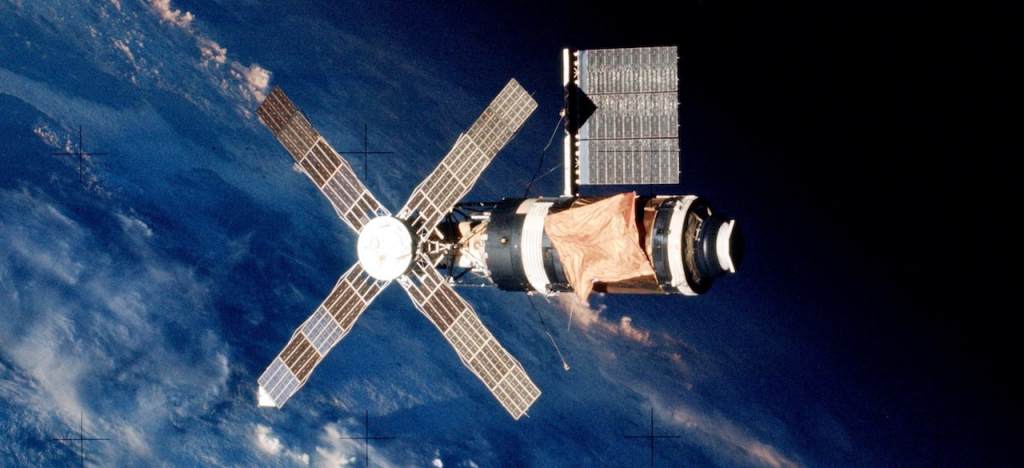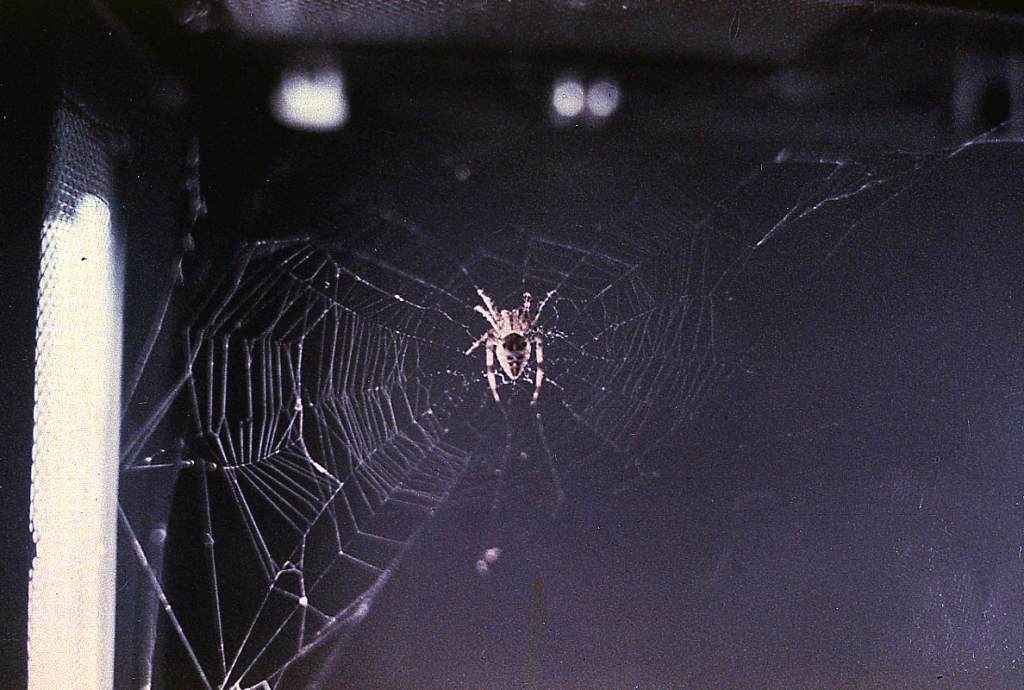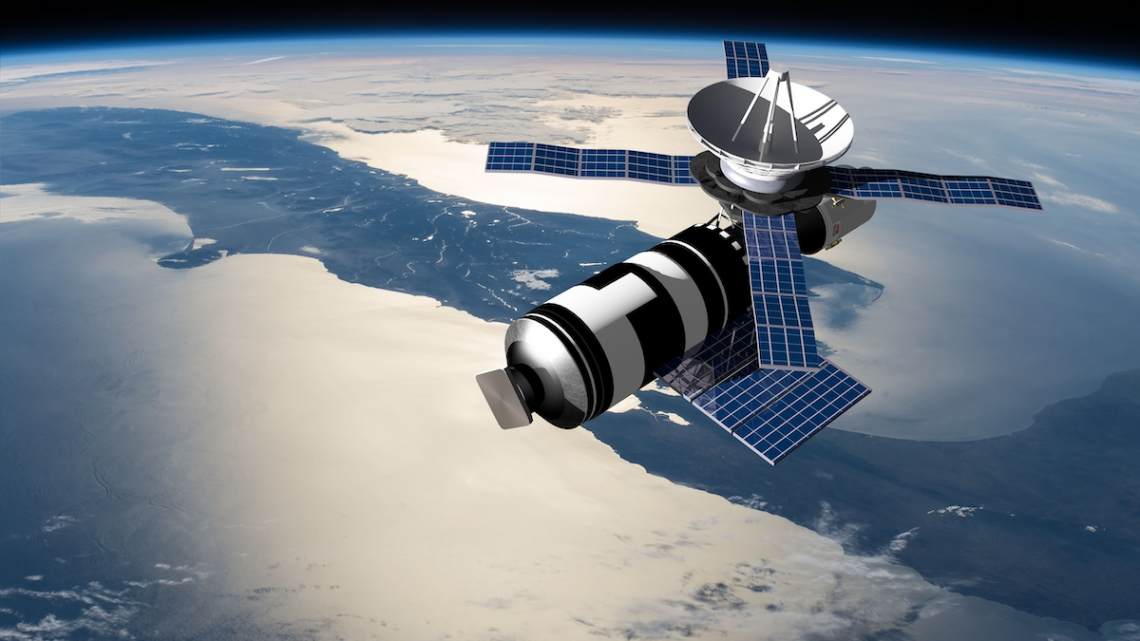The 1970s saw a number of scientific and technological innovations — the Apple II personal computer reached the market, floppy disks were invented, and the video game revolution got its start.
Fifty years ago, on May 14, 1973, the U.S. also made history by launching Skylab, America’s first space station.
Launching with a Bang and a Race
In the 60s and 70s, space really was the final frontier. The U.S. and the Soviet Union were in an ongoing battle to conquer space — and for a while, it seemed the Soviets were winning. The world’s first space station, Salyut 1, was launched by the Soviets in 1971, prompting NASA to take action to make sure they were not left behind.
Born from the successes of the Apollo moon landings, Skylab was the next big step in space exploration. A place to carry out investigations and learn more about the universe and ourselves.
Skylab: The Space Marvel
Weighing a whopping 170,000 pounds, Skylab remains the heaviest spacecraft to ever make it into space. It carried telescopes, solar panels, and groundbreaking special solar observatories.
Inside, the space station was packed with working, living, and sleeping compartments for the crews, exercise equipment, and experimental stations. It even had the first-ever zero-gravity shower!
Space Tenants
Between 1973 and 1974, three crews (Skylab 2, 3, and 4) took residence in Skylab and made it home. The first crew, in May 1973, set the original record for the longest continuous time humans ever spent in space. These astronauts also took some of the best (and earliest) photographs of the Earth. They studied the effect of weightlessness on the body, and monitored weather.

Skylab from Skylab 2 mission departure. Credit: Wikimedia Commons.
In July 1973, the three crew members of Skylab 3 rocketed into space for a 59-day trip. In addition to performing medical studies to understand how the human body reacts to time in space, they also photographed the Comet Kohoutek. The crew had some unusual companions for the trip — spiders Arabella and Anita were brought along for the ride to study whether spiders could spin webs in near-weightlessness (turns out they can!)

Arabella’s web aboard third Skylab mission.
Later that same year, Skylab 4 took off. The crew would end up spending an unprecedented 84 days in space. During which, the crew captured photographs of solar flares and completed four spacewalks. Despite some issues with communications and equipment, the crew of Skylab 4 laid the groundwork for all future manned space endeavors.
The Shining Legacy of a Space Pioneer
The Skylab crews spent a combined 171 days in space. Their groundbreaking solar research and studies on human physiology helped shape the design, functionality, and scientific goals of future projects. Even including the colossal International Space Station.
Although no new manned missions were sent over to Skylab after 1973, the space station remained in orbit for several more years. Over time, however, it was very clear Skylab wasn’t doing well. High sunspot activity began to deteriorate the station and increased drag. By 1978, it was clear that the first US space station was dying. In July 1979, Skylab finally fell out of orbit and crashed through the atmosphere over Australia, showering the ground with sparks as it disintegrated on its way down.
Fifty years on, Skylab’s legacy still echoes in today’s space exploration — a reminder of where we’ve been, what we’ve achieved, and the infinite possibilities of where we might go.
By Diana Bocco, contributor for Ripleys.com









